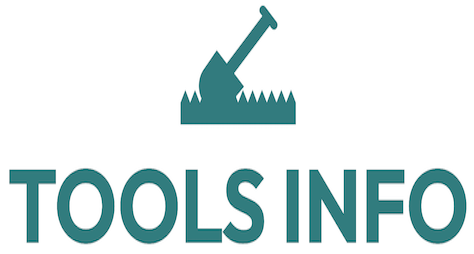Choosing the Right Height
Proper ladder safety begins with selecting the appropriate ladder height for the task at hand. Using a ladder that is too short or excessively tall increases the risk of accidents and injuries. Understanding how to choose the right height ensures stability and comfort while working at elevated positions.
Factors to Consider
When selecting the ladder height, consider the following factors:
- Task requirements: Determine the working height needed to safely reach the area without overextending.
- Type of ladder: Step ladders, extension ladders, and platform ladders each have different height capacities and uses.
- Measurement method: For tasks like painting or trimming, measure the vertical reach by adding your height and the arm’s reach to the ladder step you’ll be standing on.
- Clearance and space: Account for obstacles, overhead wires, or other environmental factors nearby.
Recommended Heights
Here are general guidelines to help select the right ladder height:
- Step Ladders: Choose a ladder that allows you to stand no higher than the third step from the top to maintain balance.
- Extension Ladders: Select a ladder that extends at least 3 feet beyond the landing point to ensure safe access.
- Platform Ladders: These provide a stable work surface; pick a height that allows your feet to rest comfortably without overreaching.
Always verify that the ladder’s rated height suits your intended usage and never improvise with ladders that are too short.
Inspecting for Damage
Inspecting for damage is a crucial step in ladder safety that helps prevent potential accidents caused by equipment failure. Regular checks can identify worn-out parts before use and address safety hazards promptly.
Visual Check
Conduct a thorough visual inspection of the ladder looking for:
- Cracks or splits: Examine rails and rungs for any visible cracks or splits in wood or aluminum ladders.
- Bent or dented components: Check metal ladders for bends or dents that can weaken the structure.
- Loose or missing parts: Inspect bolts, rivets, hinges, and safety feet to ensure they are secure and intact.
- Corrosion and rust: Metal ladders should be free of rust, which can compromise strength.
- Slip-resistant feet: Confirm that rubber feet are present and not excessively worn to maintain grip on surfaces.
Replace any ladder that has damage compromising its integrity. Do not attempt repairs if you are unsure; consult the manufacturer or a professional.
Testing Stability
After the visual inspection, test the ladder’s stability with these methods:
- Set-up on a level surface: Ensure the ladder rests firmly without wobbling.
- Apply pressure: Gently press on the top and sides to check for flex or unusual movement.
- Open fully: For step ladders, make sure the spreaders lock firmly and prevent collapse.
- Check rung firmness: Step on each rung carefully to ensure it supports weight without bending.
Performing frequent stability tests before and during use helps maintain ladder safety and reduces risk.
By combining careful selection of the proper height with diligent damage inspections, you significantly enhance ladder safety for any work environment.
For more detailed information on ladder safety practices, visit Ladder Safety – Wikipedia. To explore additional workplace safety equipment, check our comprehensive safety guide.
Frequently Asked Questions
How do I choose the right height for a ladder?
Select the height based on your task’s required reach, ensuring the ladder allows you to stand safely without overreaching. Measure your reach height and add clearance; always follow manufacturer recommendations.
What should I look for when inspecting a ladder for damage?
Look for cracks, bent or missing parts, rust, and check that all safety features like feet and locks are intact. Stability testing is also essential before use.
Why is ladder safety important?
Ladder safety prevents accidents, injuries, and fatalities caused by falls or equipment failure. Proper ladder use and maintenance protect you and your coworkers from hazards.
Ready to improve your worksite safety? Discover top-rated ladders and safety gear designed with your security in mind. Explore our full safety equipment collection HERE.
